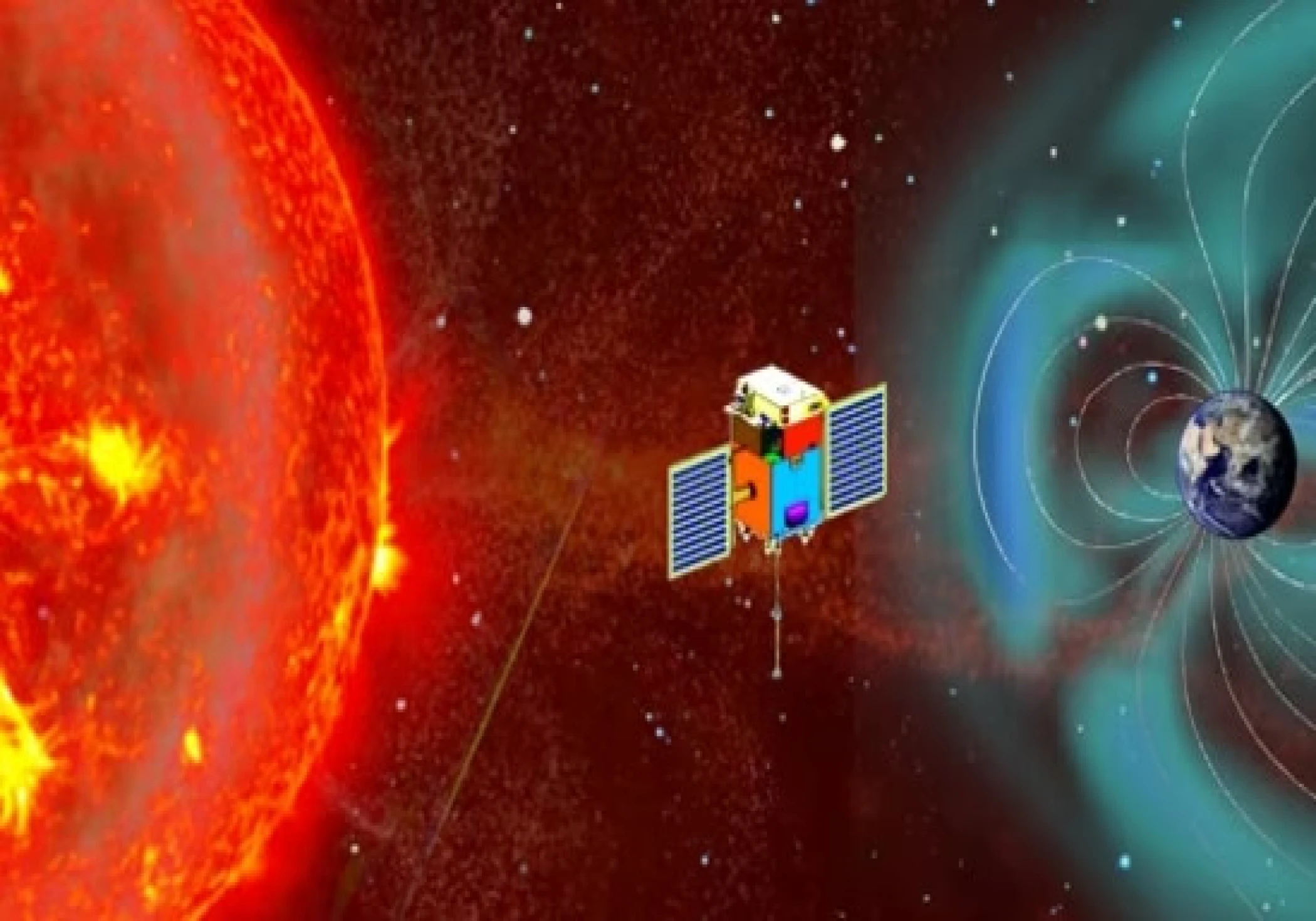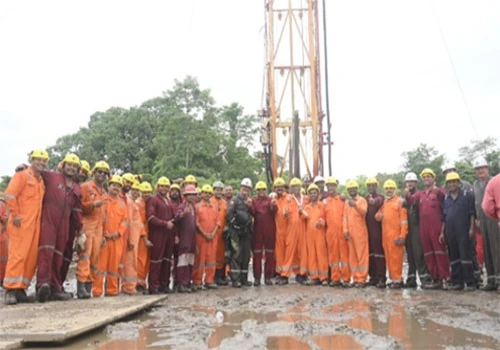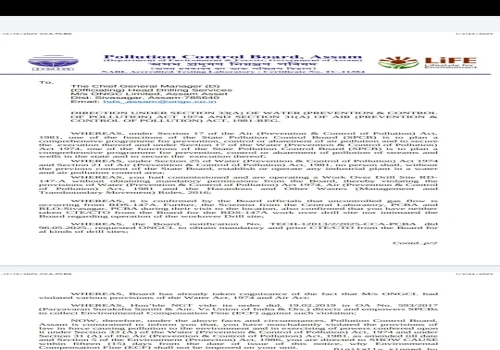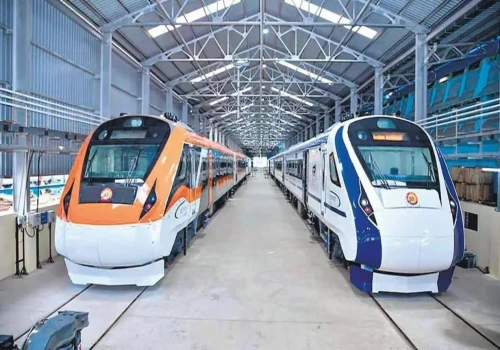
On Saturday, Prime Minister Narendra Modi praised the commitment of our scientists following the successful placement of the Indian Space Research Organisation's (ISRO) groundbreaking solar mission, Aditya-L1, into the halo orbit around the Sun-Earth Lagrange Point 1 (L1).
Prime Minister Narendra Modi announced the achievement, stating, "India marks another significant milestone as its inaugural solar observatory, Aditya-L1, successfully reaches its designated location."
The intricate maneuver executed by space scientists and engineers at the Isro Telemetry Tracking and Command Network (Istrac) in Bengaluru marked the endpoint of a journey that commenced with the spacecraft's launch on September 2, 2023.
During the last stage, the control engines were activated briefly to accurately position Aditya-L1 in the halo orbit. In this orbital path, the spacecraft will utilize the equilibrium of gravitational forces between the Sun and Earth to maintain a relatively stationary position, ensuring an uninterrupted vantage point for solar observations.
Initially launched by PSLV-C57 from the Satish Dhawan Space Centre in Sriharikota, Aditya-L1 was first positioned in an Earth-centric orbit. Following four Earth-centric maneuvers and five liquid engine burns, Aditya-L1 was subsequently propelled into the trans-L1 injection (TL1I).
To meet the prescribed parameters for halo orbit insertion (HOI), the spacecraft's rockets were activated on two occasions, specifically on October 5 and December 14. Subsequently, the spacecraft traversed for a duration of 110 days before successfully attaining HOI on Saturday. The payload's performance, evaluated throughout its extensive cruise, was verified to be satisfactory.
Following the successful placement of the Aditya-L1 spacecraft in a halo orbit around the Lagrangian point (L1) on January 6 by the Indian Space Research Organisation (ISRO), attention has shifted to the operation of scientific instruments and the collection of data.
As per ISRO, a satellite positioned in the halo orbit around the L1 point enjoys the significant advantage of consistently observing the sun without encountering any occultation or eclipses.
This offers a notable benefit for real-time observation of solar activities and their impact on space weather. The spacecraft is equipped with seven payloads designed to study the photosphere, chromosphere, and the outermost layers of the sun (the corona) using electromagnetic, particle, and magnetic field detectors. The payloads have been activated, and several of them have already gathered data.











